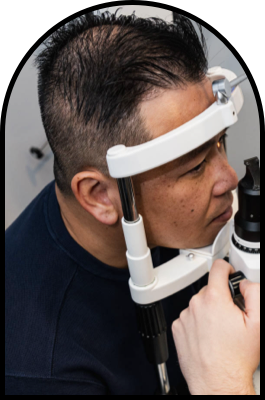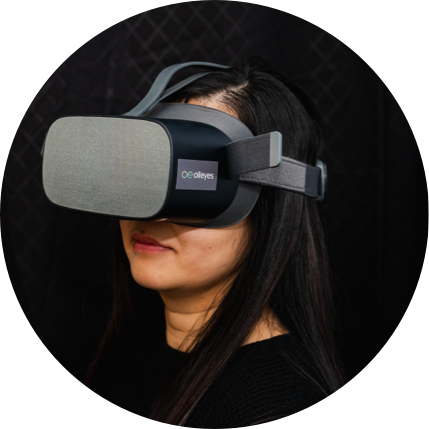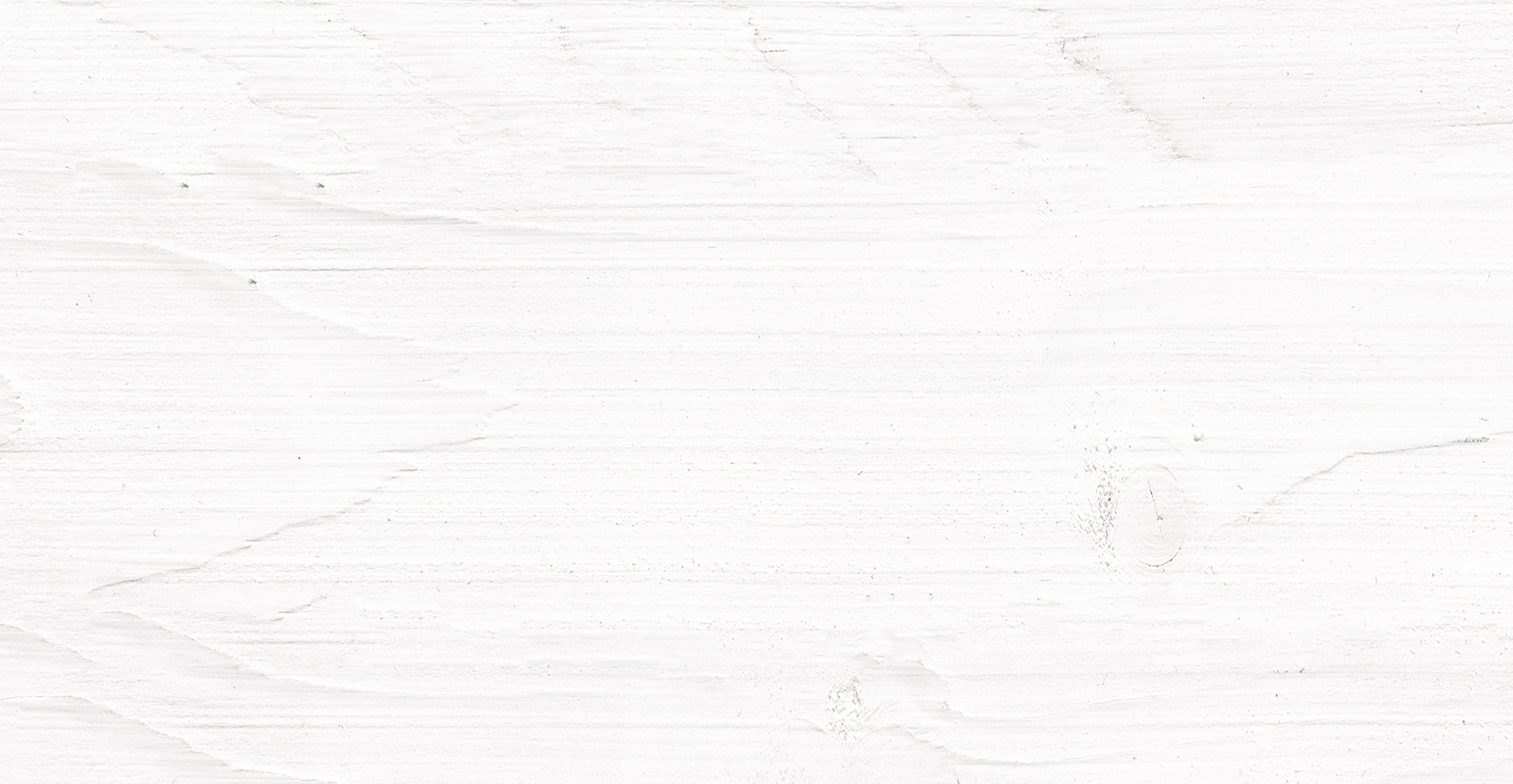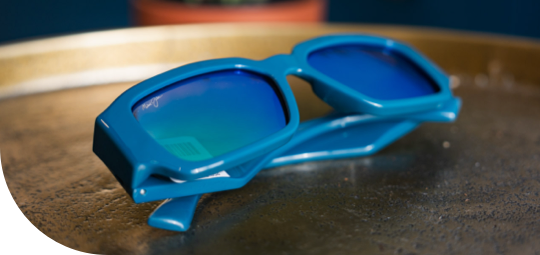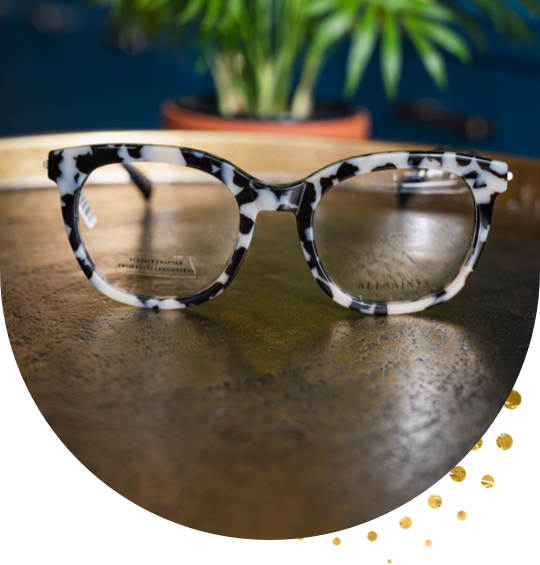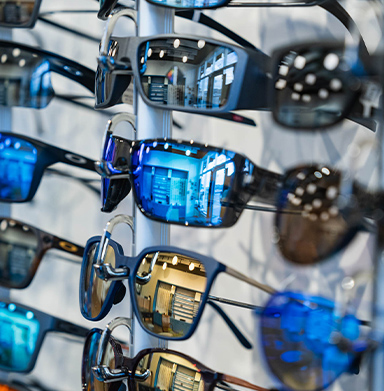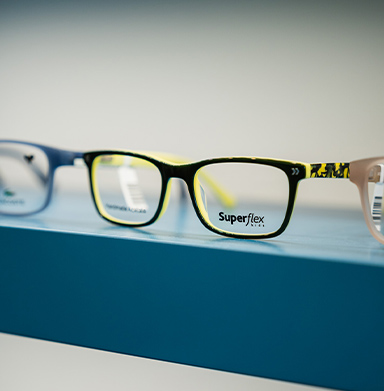Eye allergies and dry eyes are 2 conditions that affect many Canadians at some point in their lives. Both these conditions can present with red eyes, along with other uncomfortable symptoms, which we will discuss below. Red eyes alone are not typically enough to determine which condition is affecting your eyes, but taking other symptoms into account may help.
Not only can eye redness make a person feel self-conscious, but some of the symptoms that accompany allergies or dry eyes can be downright uncomfortable and cause you difficulty in your daily life. Home remedies, such as warm compresses or over-the-counter eye drops, can solve the problem in some cases.
But if your symptoms do not improve with home treatment, it is important to see your eye doctor for an exam. After examining your eyes, they should be able to determine whether it is dry eye disease or allergies and recommend the appropriate treatment.
What Is Dry Eye?
Dry eye disease, usually known simply as dry eye, is a condition that affects many Canadians. There are 2 primary subtypes of dry eye, aqueous deficient and evaporative dry eye. Each of them ultimately results in your eyes not being lubricated enough—it just happens differently.
Regardless of what particular type of dry eye you are affected with, many of the symptoms overlap. Common symptoms of dry eye include:
- Red, irritated eyes
- Stinging or burning sensation
- Feeling like there is something in your eye
- Scratchy, gritty feeling
- Trouble with nighttime vision
- Discomfort while wearing contact lenses
- Mucus discharge from your eyes
- Blurry vision
- Excessive watering (your body attempting to compensate for the dryness)
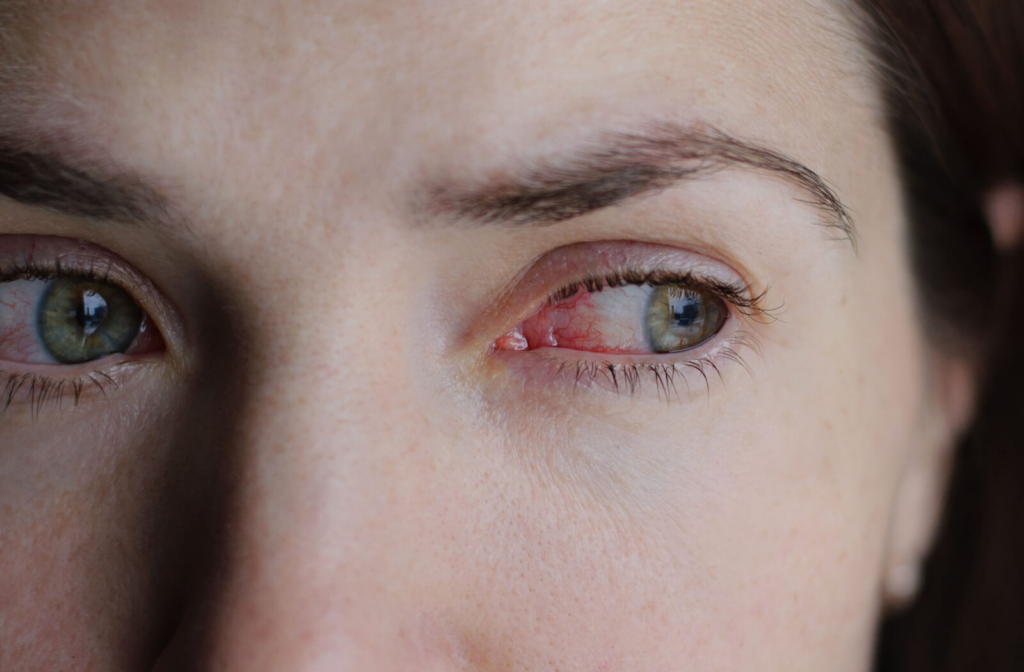
Causes of Dry Eye
Aqueous deficient dry eye is where your body does not produce enough water. So, even though the tear film does not evaporate too soon, it does not provide adequate lubrication. In contrast, evaporative dry eye has nothing to do with the amount of tears your body produces. Rather, it is an imbalance in the tear film.
Treating Dry Eye
There is no single “best” way to treat dry eye. Ultimately, your eye doctor can recommend ideal treatments based on what they find when examining your eyes.
Some therapies or treatments your optometrist may recommend include:
- Lubricating eye drops: The first line of treatment in most cases of dry eye is lubricating eye drops. Over-the-counter options provide adequate relief in many cases. Dry eye can be a chronic condition that requires ongoing maintenance, so preservative-free eye drops are ideal.
- Punctal plugs: If tears are draining from your eye too quickly, your eye doctor may recommend punctal plugs. These plugs can help prevent tears from draining and keep them hydrated.
- Lifestyle & home remedies: Increasing your intake of Omega-3 fatty acids and vitamin A through diet or supplements may help with mild cases of dry eye. Warm compresses or special eyelid cleansers may also be beneficial in relieving symptoms.
Your eye doctor can provide you with direction if home remedies and eye drops are not giving you the relief you need from red, dry eyes.
Overview of Eye Allergies
Eye allergies can feel similar to dry eye disease because they share some symptoms, such as redness, burning, or a water discharge from the eyes. Even with these similarities, it is important to remember that they are different conditions, and treatment will likely be different.
Causes of Allergies
Most eye allergies are a form of allergic conjunctivitis, with seasonal and perennial being the 2 most common. The primary difference between the 2 of them is seasonal conjunctivitis typically only happens during a few months of the year, and airborne allergens, such as pollen or grass, are its most common culprits.
Perennial allergic conjunctivitis is a form of eye allergy that can affect a person regardless of the time of year. Typically these allergies are triggered by exposure to indoor allergens like pet dander, dust, or mould.
Treating Allergies
Like dry eye syndrome, there are several ways to treat eye allergies.
- Avoid contact lenses to prevent contamination and to allow your eyes to deal with the allergen.
- Use a cold compress to help relieve discomfort from allergies and flush allergens from your eye and surrounding area.
- Allergy medication is a viable option in many cases. One thing to remember is that many allergy medications can actually cause dry eyes as a side effect. If you already deal with dry eyes, it may be a good idea to discuss the option with your eye doctor.
- Lubricating eye drops may be a great option for relieving symptoms of eye allergies, especially if there are other dry eye symptoms as well.
Find the Relief You Need for Your Eyes
If a little redness in your eyes was the only problem from eye allergies or dry eye disease, you probably would not be as likely to seek relief. But the fact is, either of these conditions can cause significant discomfort if not dealt with.
Give us a call today at Chestermere Optometry. Our professional team can answer your questions. And if you need to see the eye doctor, we can book you in to see one of our optometrists.





